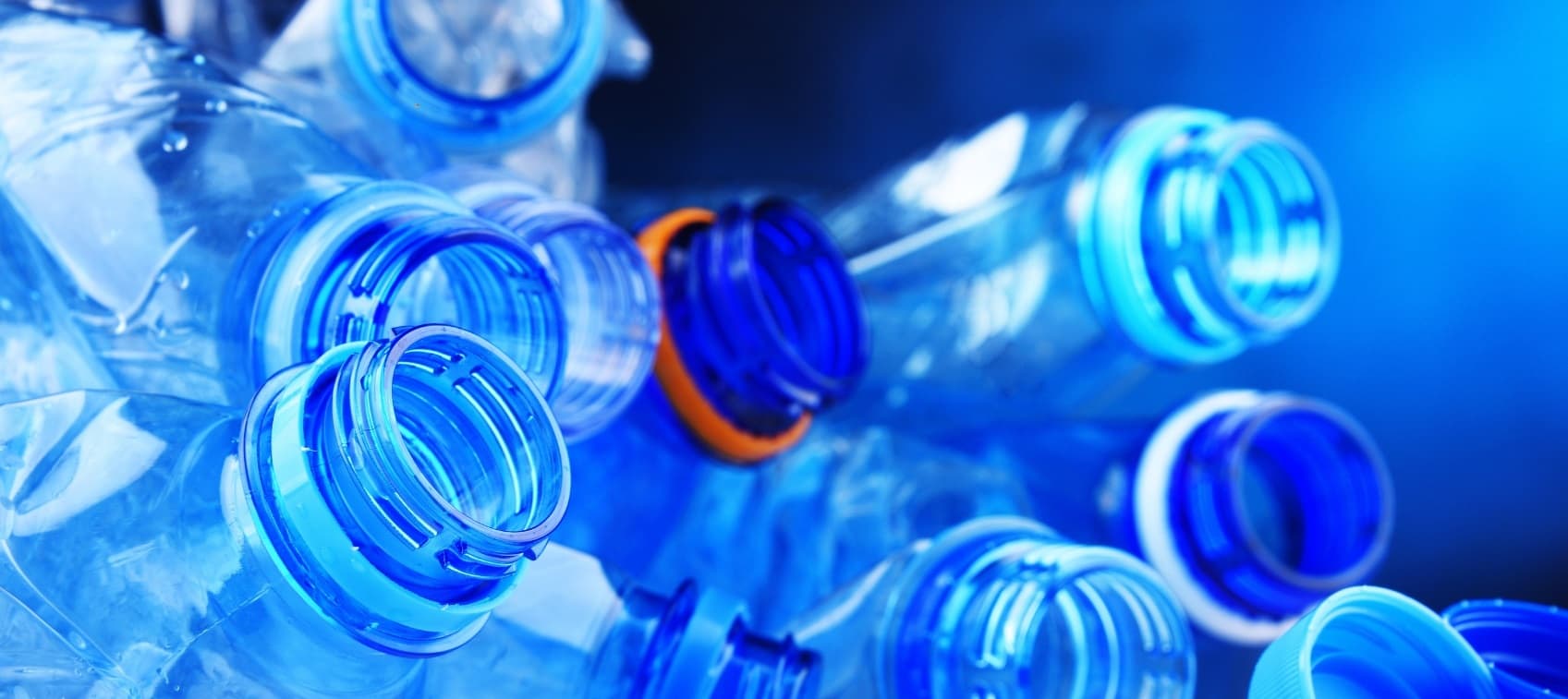
You’re probably familiar with the Environmental Working Group’s (EWG) Dirty Dozen list of the most pesticide-laden fruits and veggies and how to avoid them. Our hormonal system is especially vulnerable to the negative impact of pesticides.
Yet, unfortunately, pesticides aren't the only chemicals that can create hormonal havoc. There are a scary number of other chemicals in our environment that can disrupt our hormonal health.
According to the EWG, chemicals that disrupt hormones can:
- Increase the production of hormones
- Decrease the production of other hormones
- Imitate hormones
- Turn one hormone into another
- Interfere with hormone signaling
- Tell cells to die prematurely
- Compete with essential nutrients
- Bind to essential hormones
- Accumulate in organs that produce hormones
The EWG "Dirty Dozen" List of the Worst Hormone-Disrupting Chemicals
These are the chemicals you want to watch out for, along with how to keep them out of your home.
1. BPA stands for bisphenol A. It’s a known estrogen-mimicking ingredient used in clear plastics such as water bottles and food storage containers. Plus, many food cans are lined with BPA. I tell my patients to seek out companies that don’t use BPA in their products, such as Eden Organics. And to steer clear of plastics marked with “PC” for polycarbonate, or recycling label #7—many of these plastics contain BPA. It’s also a good idea to avoid receipts since thermal paper is coated in BPA.
2. Dioxin is an industrial chemical that has contaminated our food supply. It’s found in meat, fish, milk, eggs, and butter. Exposure to dioxin can affect the immune and reproductive systems. Reducing the number of animal products you consume helps to decrease your exposure.
3. Atrazine is an herbicide that’s sprayed on most corn crops in the US and contaminates our drinking water. The best way to avoid it is to buy organic and look for a water filter certified to remove atrazine.
4. Phthalates are chemicals found in plastics. Studies have linked phthalates to hormone changes, lower sperm count, less mobile sperm, birth defects in the male reproductive system, obesity, diabetes, and thyroid irregularities. Do your best to avoid or minimize your use of plastic food containers, children’s toys (some phthalates are already banned in kid’s products), plastic wrap made from PVC, which has the recycling label #3. Some personal care products also contain phthalates, often disguised as “fragrance” in the ingredient list.
5. Perchlorate, a component in rocket fuel, falls from the sky to the earth and contaminates our food supply. It has been found in our produce and milk. Too much of it can alter your thyroid hormone balance. To reduce exposure, I recommend adding a reverse osmosis filter to your drinking water. It’s hard to avoid it in our food, but the negative effects can be minimized by getting enough iodine in your diet. We include organic seaweed in our diet and take a balanced multivitamin.
6. Fire retardants are applied to materials to slow or prevent the start or growth of fires. Sources include home furnishings (couches, mattresses, carpets, etc.), electronics, building supplies, and many components of cars, planes, and trains. Household dust is also a major source of exposure. It’s extremely hard to avoid these contaminants. You can advocate for more stringent toxic chemical laws that require chemicals and products to be tested before they are available for consumer purchase. A HEPA filter vacuum is great for removing toxic household dust.
7. Lead, as you know, harms almost every organ in your body. Research shows it also disrupts the hormone signaling that regulates your body’s stress system, the HPA axis. Be cautious of old, chipping paint and always filter your drinking water.
8. Arsenic is present in our food and drinking water. It can interfere with normal hormone function in the glucocorticoid system, which regulates how our bodies process sugars and carbohydrates. You can reduce your exposure by using a water filter that lowers arsenic levels.
9. Mercury is a naturally occurring but toxic metal that contaminates our air and ocean through the burning of coal. If you’re a seafood lover, eventually you’re going to consume mercury. Pregnant women are the most at risk since mercury can interfere with brain development. Mercury is also known to lower progesterone levels and increase estrogen, causing hormone havoc. To reduce your exposure, be mindful of how frequently you eat seafood and choose smaller fish that have less bioaccumulation of mercury.
10. Perfluorinated Chemicals (PFC) are popular in non-stick cookware. They’re chemicals that never break down and are found in our bodies decades later. Studies show they can affect sex hormone levels. Fortunately, they have been banned. Be sure to avoid old non-stick cookware and stain and water-resistant coatings on clothing, furniture, and carpets.
11. Organophosphate pesticides are used in commercial agriculture to control pests on fruit and vegetable crops. They can interfere with testosterone and thyroid hormone levels. I recommend purchasing organic produce and thoroughly washing it.
12. Glycol Ethers are solvents found in paints, cleaning products, brake fluid, and cosmetics. They’re mostly skin irritants and harmful if inhaled, but research also links them to reduced male fertility. I recommend making your own home cleaning products and only purchasing skincare products that are free of glycol ethers.
If you would like more information on hormone-disrupting chemicals, you can download the free Dirty Dozen list available through www.ewg.org.
RESOURCES:


